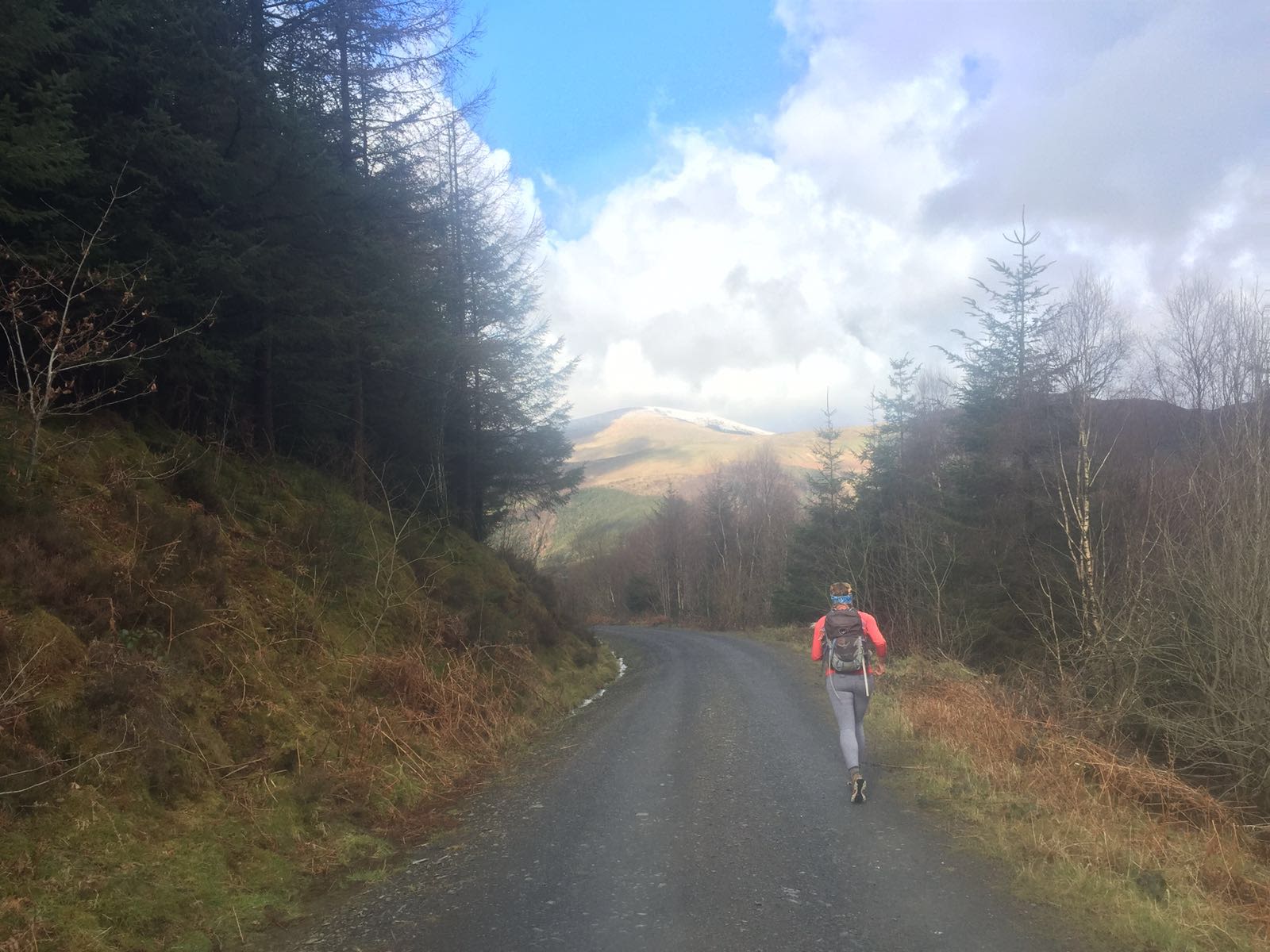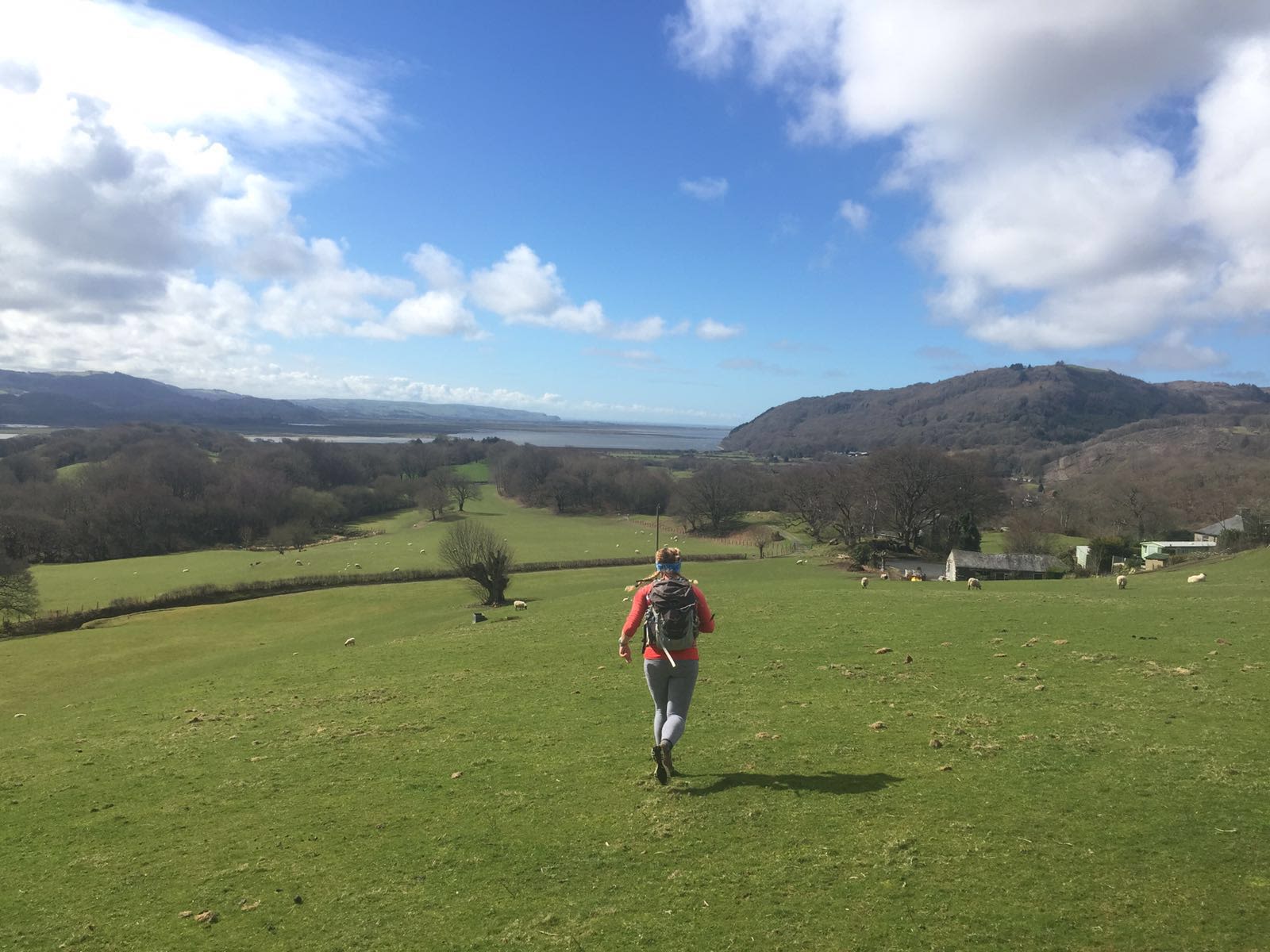Record-setting ultrarunner on adventure, patience and the joys of a Wetherspoons lasagne
Elise Downing became the first woman and youngest person to run a lap of Great Britain self-supported - an undertaking she says she was completely unqualified for. She explains how a 5,000-mile run changed
the way she thought about adventure - and how running really can be for everyone...
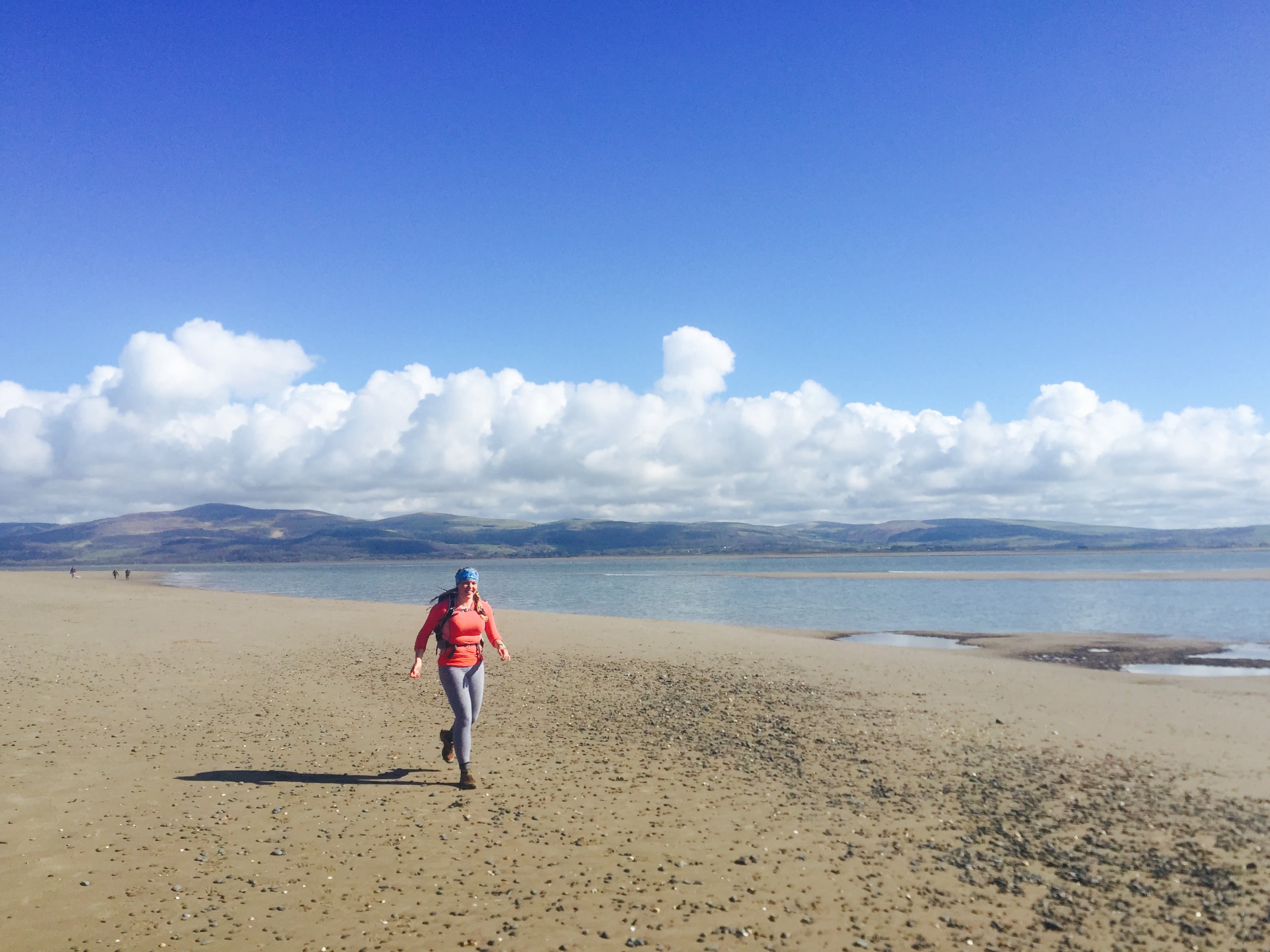
Dressed as a giant purple crayon, Elise Downing didn’t think she could feel any more ridiculous running her first marathon. Until she began to cry.
Then, she became the giant purple crying crayon. Catchily shortened by some passing children simply to ‘the crying crayon’.
It turns out, though, if you don't really train or fuel properly, crying is a perfectly natural reaction to running 26.2 miles. Crayon outfit or not.
And to rub salt in the wound, as she finally neared the finish line of the 2014 Milton Keynes Marathon, Elise was pipped at the post by somebody wearing flip-flops instead of trainers. If you saw a giant purple crying crayon, wouldn’t it be the kinder thing to let them win?
As humbling as her first marathon experience was, however, Elise didn’t throw in the running thing there. She might never have looked at purple crayons or flip-flops in quite the same way, but since that unpleasant day in 2014, Elise Downing has set out on many running adventures. All far from the dual carriageways of Milton Keynes.
In 2016, she became the first woman and youngest person to run a lap of Great Britain self-supported. The journey took ten months and taught Elise, who was 23 at the time, a lot about herself, the kindness of strangers, and her frighteningly real fear of cows.
Elise’s 2021 book Coasting — which details the 5,000-mile record-setting run — is joyful, hilarious, and relatable. It even got the seal of approval from legendary adventurer Sir Ranulph Fiennes. “A Great British Adventure, with humour and heart,” he called it.
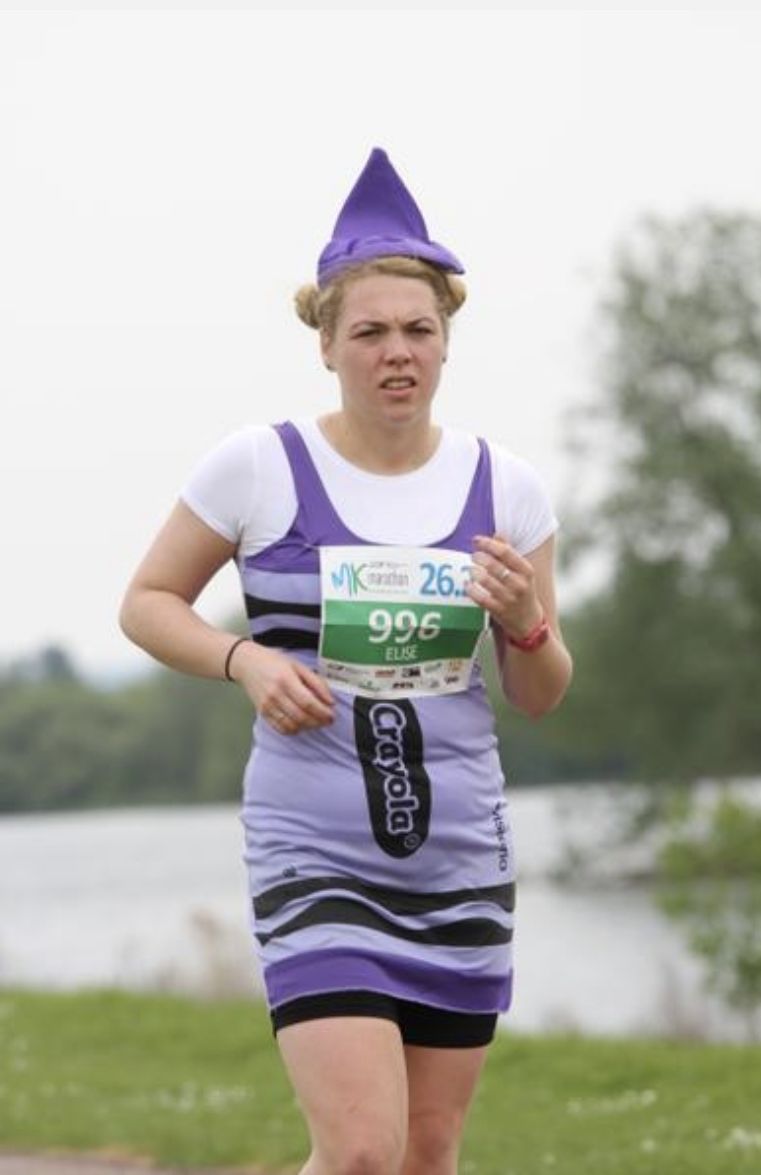
A face-to-face meeting with Elise to chat about all things adventure doesn’t disappoint. Some people can be funny and relatable on the page but very different in-person.
Not Elise.
The voice with which she told the story of Coasting is there: cheery yet self-critical, cautious but self-aware.
Maybe those are the required traits to run a 5,000-mile lap of Britain?
“I had just finished university. I think I was just like ignorance is bliss. I was young and stupid and did not have a clue what I was doing,” says Elise.
Before announcing her plan one random day in 2015 to run a lap of Great Britain, Elise’s running career had been… short. Until 2013, she couldn’t run for more than two minutes.
“Over those two years, I built up to doing that marathon where I was dressed as a crayon with my dad, which was a disaster,” she recalls. “I hadn’t done any proper training, I didn’t understand how you fuel or anything. It was a miserable experience.”
So, how do you go from crying crayon to record-setting ultrarunner?
“I kept following all these people doing these big adventures,” says Elise. “I was following Anna McNuff at the time, who was running the length of New Zealand."
McNuff later became a friend of Elise’s, mentoring her before she set off on her run around Britain.
Although Elise is keen to credit the bliss of ignorance, it wouldn’t be fair not to acknowledge the grit and determination needed to tackle that distance on foot.
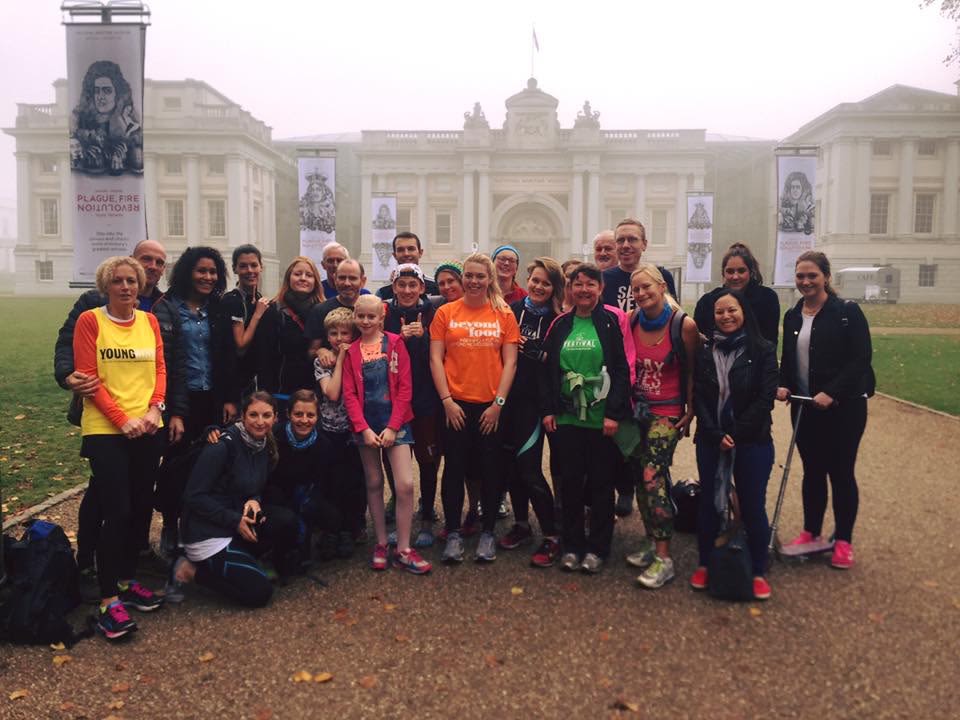
“The hardest thing was just the feeling of neverendingness,” says Elise. If she had done any ultramarathons or multi-day runs beforehand, Elise reckons she might not have been quite so up for the coastal run.
“I would have just thought it's so hard doing this for like three days, how would I ever be able to do it for ten months?” she says.
Reflecting on the mammoth distance, Elise says it was vital that she compartmentalised the journey by taking things one day at a time, asking herself each morning, “I’ve got tomorrow. Is that going to be a good day?”
Otherwise, she admits: “It was just so overwhelming.”
As she says it, Elise considers how this also applies to everyday life.
“Stuff does take time. It’s easy to look and think people have had overnight success.” But in most cases, she points out, it takes “years and years of chipping away”.
Social media doesn’t help. “You want instant gratification, don't you? You want to do something and then the next day be able to post about it. Whereas a lot of things take a long time,” says Elise.
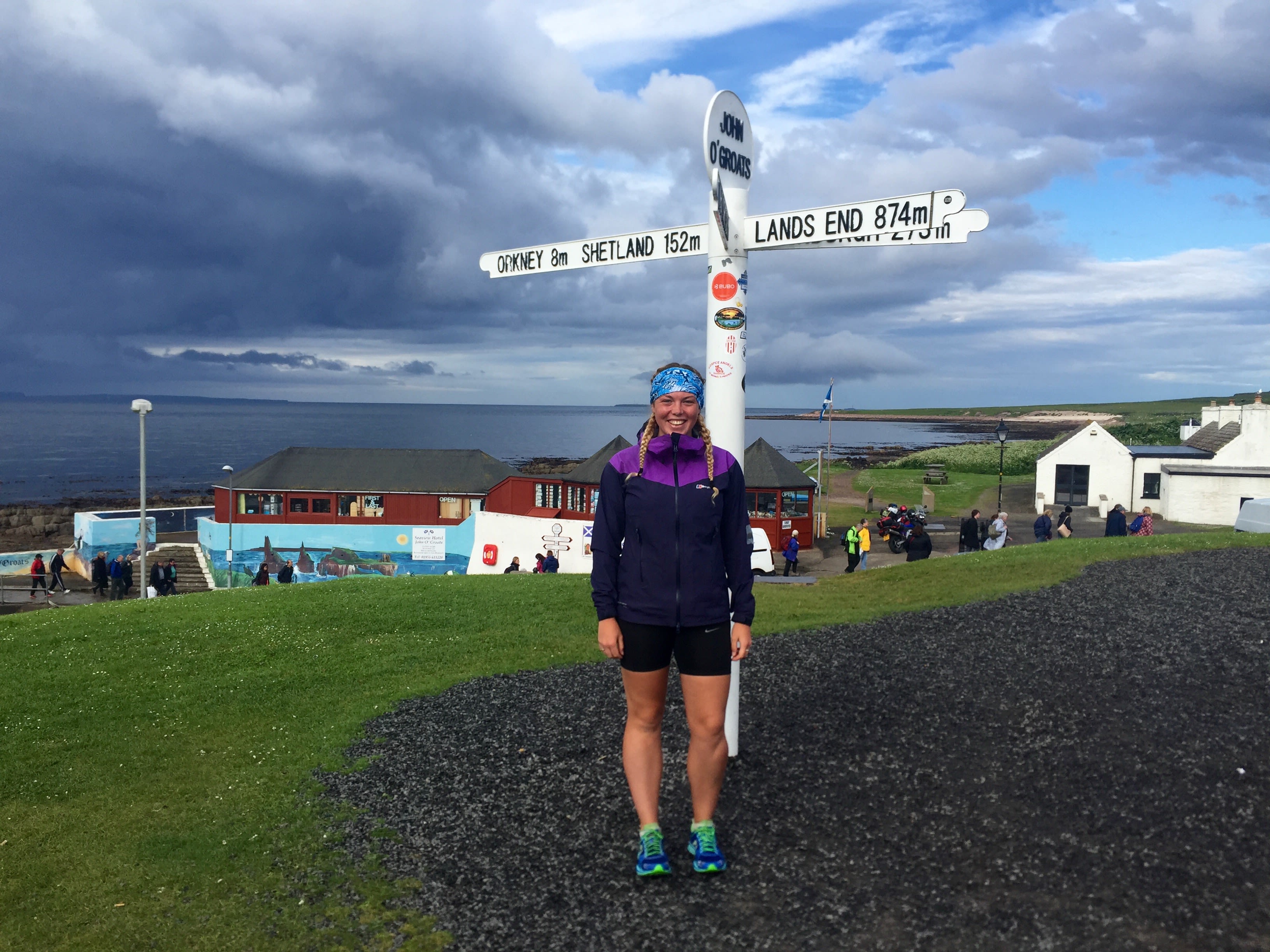
A town called Tongue
“There were lots of nice moments, and I met lots of great people,” Elise says of the monumental run around Great Britain.
But the best moment? She pauses, trying to remember the exact location — “I always get East and West confused” — the best moment, she says with conviction, was in the small Scottish village of Tongue.
After running more than 26 miles on one particularly cold and rainy day, Elise thought she would arrive in Tongue just in time to grab dinner. But then, she says: “I realised it was a Sunday, and I wasn’t going to make it to the shop in time.”
All Elise had was some porridge oats and her filter water bottle, and with no cooker, it was looking like “cold oats in puddle water for dinner”.
But then, she recalls with genuine excitement: “I remembered there was a campsite just before you got to the village.”
The Claridges of campsites, it turns out there was also an on-site hostel.
“I got to the reception just as the woman was shutting up, and she had one bed left in the hostel,” Elise says. Even better news? The hostel sold microwave curries and chocolate.
“I just remember sitting in front of the fire with this Thai green curry and a beer and some Minstrels and just being, like, I have never been so happy and warm in my whole life. That was my top moment.”
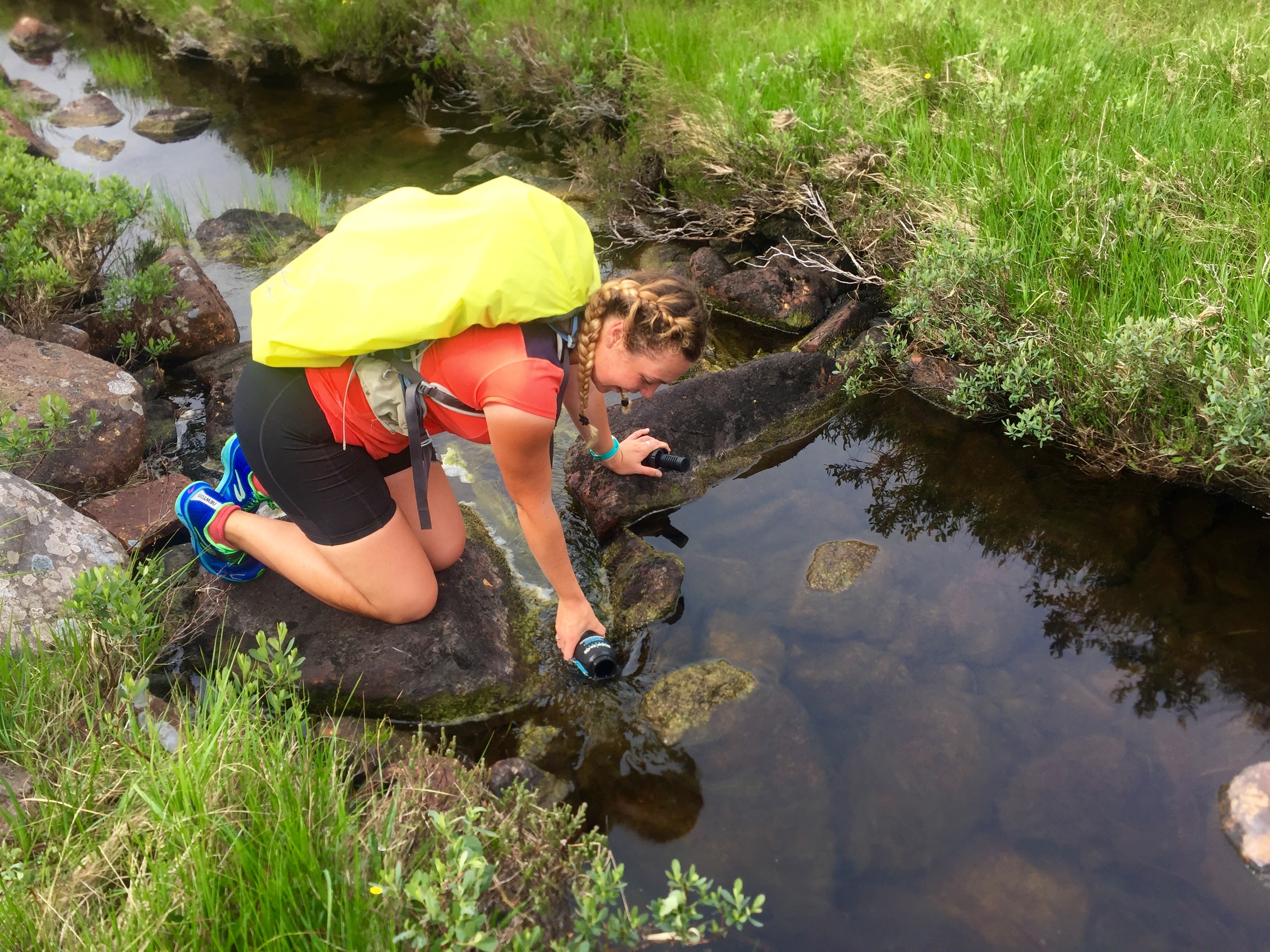
The problem with school sport
Was Elise always adventurous? “I never did any sport at school,” she says. “I was always the chubby kid, which, in the '90s is not great. My brother was the sporty one, and I was just not into it at all.”
The problem with PE is that it has historically been very binary. Whether that is the sports offered: football and rugby for boys, and netball and rounders for girls. Or, in terms of competitiveness. You’re cast as either ‘sporty’ or not.
“Once a year in PE, you would be told you are doing the cross country course. You wouldn’t have done any other running all year. And it’s like, well, of course, that was horrible,” says Elise.
Many adults probably wince at memories of unwashed netball jerseys, humid sports halls, and shouty PE teachers in long coats trying to convince you it wasn’t cold.
“When it is just playing netball against some really competitive people who do not want you on their team, that is not going to make anyone want to play a game,” says Elise.
She thinks if someone had shown her how being active could help her achieve other things, it would have been far more effective in encouraging long-term exercise habits.
Now, Elise exercises because she knows “it will help me get better at doing the sorts of things I really like doing, like running in really beautiful places”.
Elise says she also recognises the privilege of growing up around an active family.
Her dad Dave often looked after her when she was younger, which meant tagging along to whatever latest activity he had discovered, one of which was hill walking.
“He bought a trail magazine and some walking boots. Then he walked up a hill in Derbyshire, decided that was quite fun, and wanted to do a bit more of it,” says Elise.
“I hated every single second of it. I still stand by the fact the snacks were always rubbish.”
In adult life, though, it is something she has come to love.
“I didn't want to walk up mountains, but I knew it was a thing that people did. I recognise that is a privilege in its own right,” says Elise.
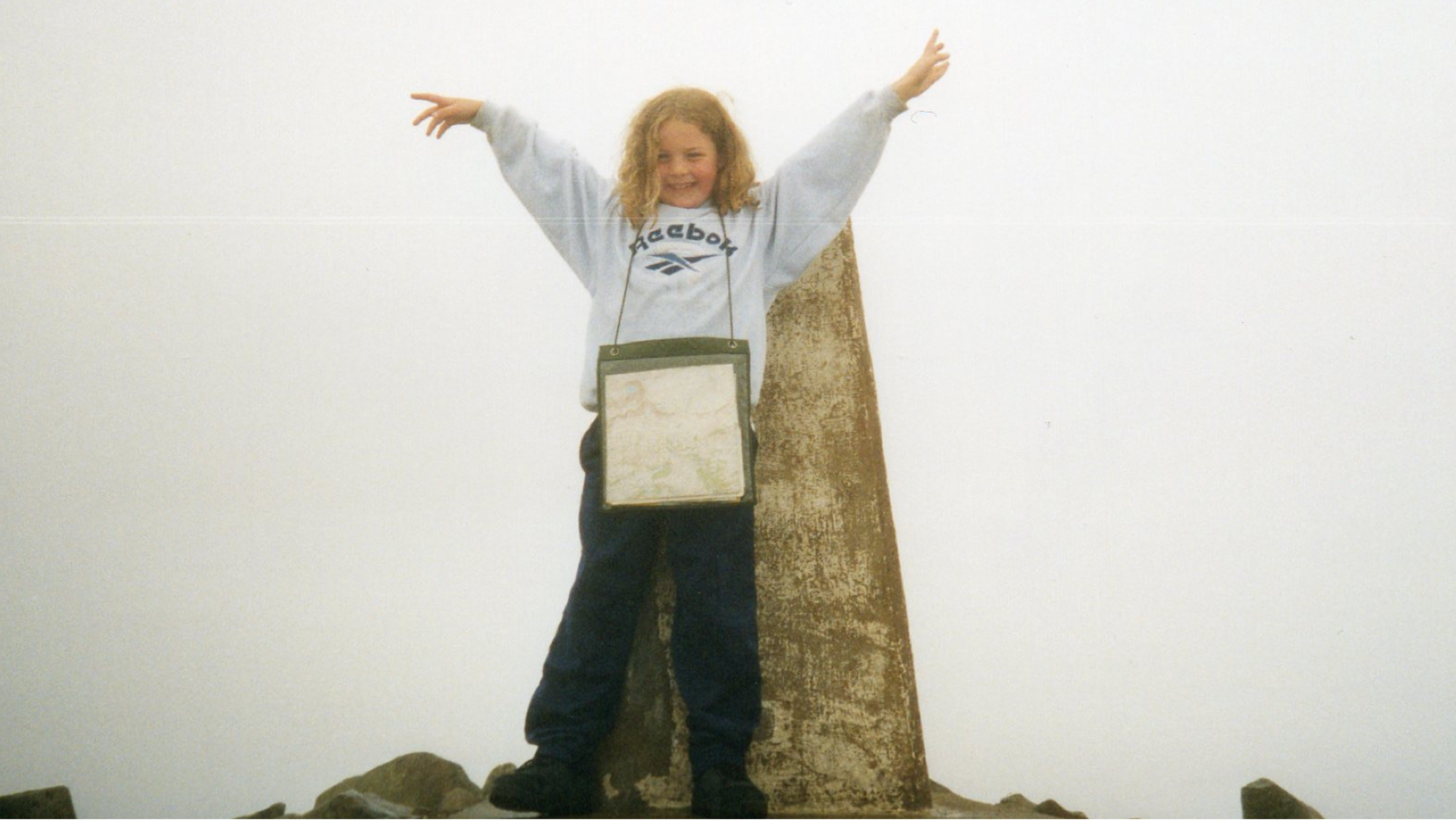
Dave the influencer
Somehow, the conversation keeps leading back to Dave, who Elise says now has a growing fanbase. Even brands have started sending him things. It all started when The North Face, who Elise works with, sent Dave some kit.
“He got all this North Face kit, and I put these videos up, and people seemed to love them,” she says.
When Dave then jokingly asked for some sausages, Heck Food slid into Elise’s DMs to grant him his wish. He was recently also gifted a lawnmower.
“I can't make any more jokes because they keep coming true,” she says, adding: “He says I’m his agent, but I feel more like his unpaid intern.”
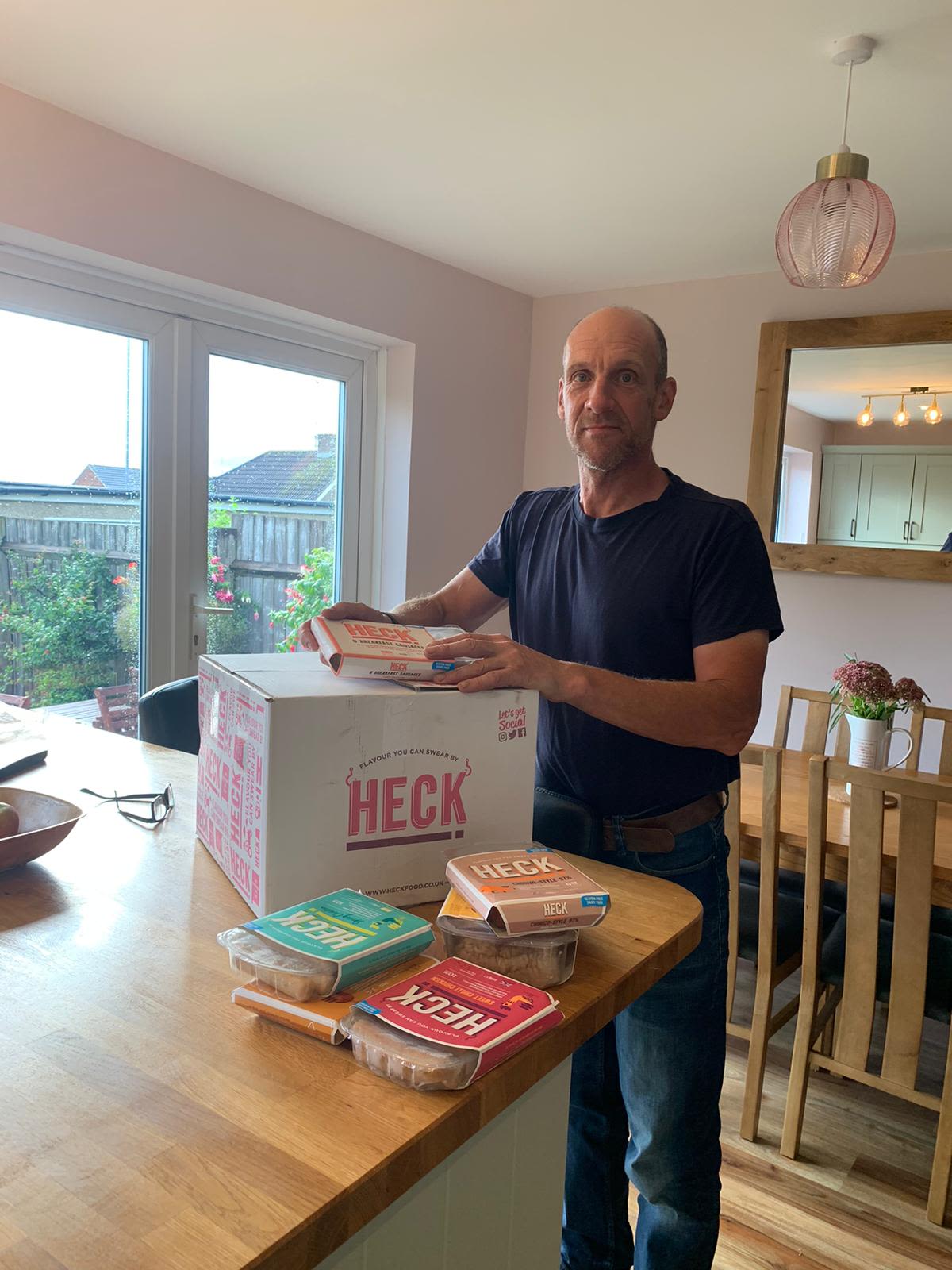
It was Dave whom Elise began her running journey with. Although he had jogged here and there, that fateful Milton Keynes Marathon also marked the start of Dave’s foray into long-distance running.
Naturally, Elise got him to dress up as a fairy for the occasion. "He did much better than me and had a much less miserable time," she admits.
Dave, who went on to run some impressive marathons (getting his time down to 3 hrs 17 min), keeps a paper diary in which he has recorded every run he has been on.
About 20 years ago, Elise says, a ‘long run’ in the diary would actually only be 13 minutes long. “That is how things have changed,” she says.
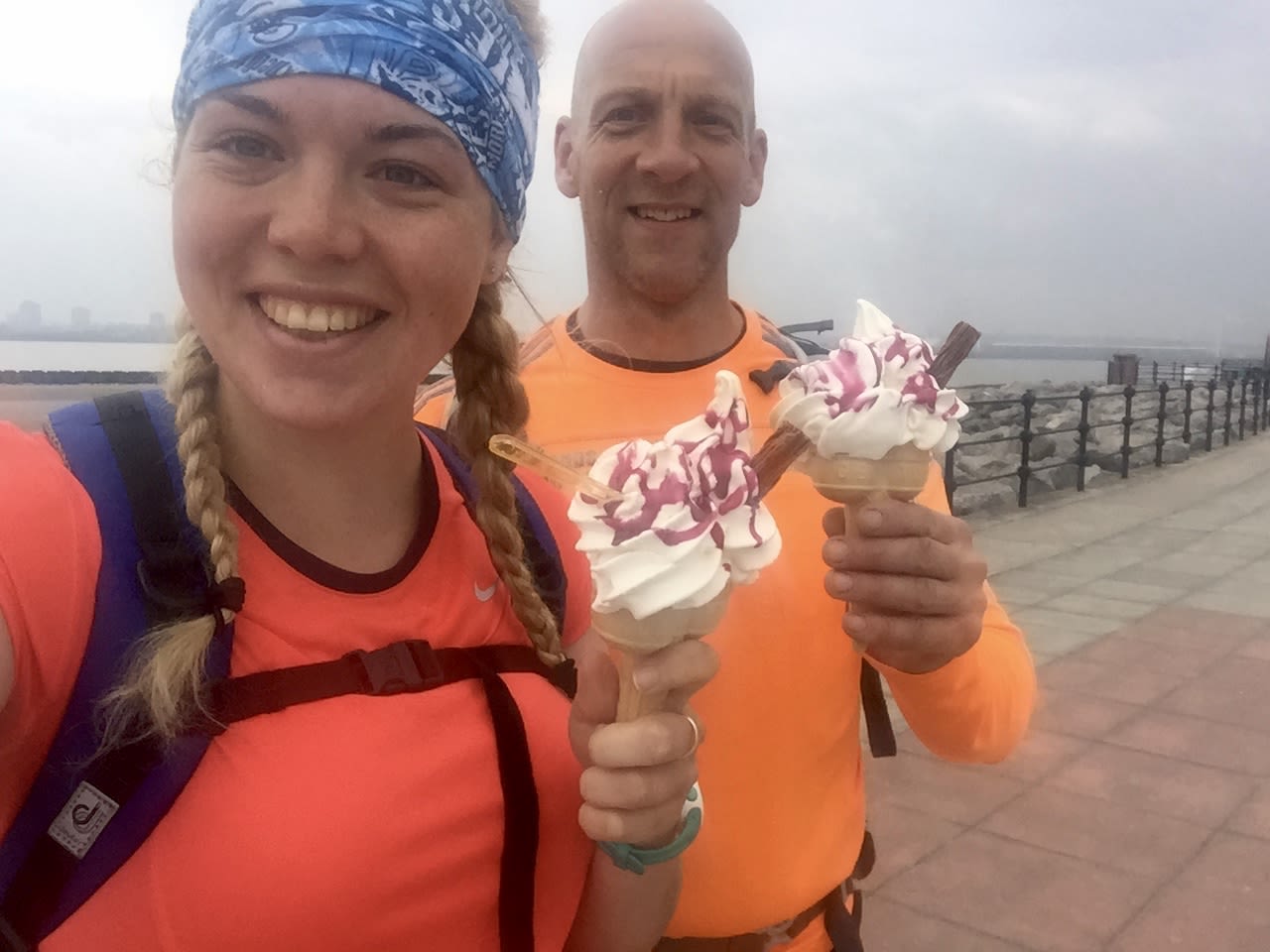
The thing about London
Having grown up in the “middle of the midlands”, Elise has since lived in several places, finding the most salvation by the mountains in the Lake District.
Before that, it was straight from uni in Bristol to a London house share, where Elise “did have fun, but it was very much having fun in a going to the pub every weekend sort of way”.
Elise says her view of what constitutes fun has probably shifted in recent years: “I was laughing with my friend the other day because last Saturday night, we went paddleboarding on the lake and had a hot chocolate, and I was just like, I feel I’ve had the same amount of fun for free basically as I used to have for like £200 in London for a Saturday night.”
After her run around the coast, Elise was out of money, so she moved back to London to get another job, and “just went straight back to going to the pub all the time, working really long hours”.
It was a direct contrast to the previous ten months, where she had been “spending all day outside moving and being in green spaces and doing all these things that are proven to be really good for you”.
She went from that to “just sitting on the tube and working, and going to the pub every weekend”.
Unsurprisingly, Elise says: “I was a bit miserable.”
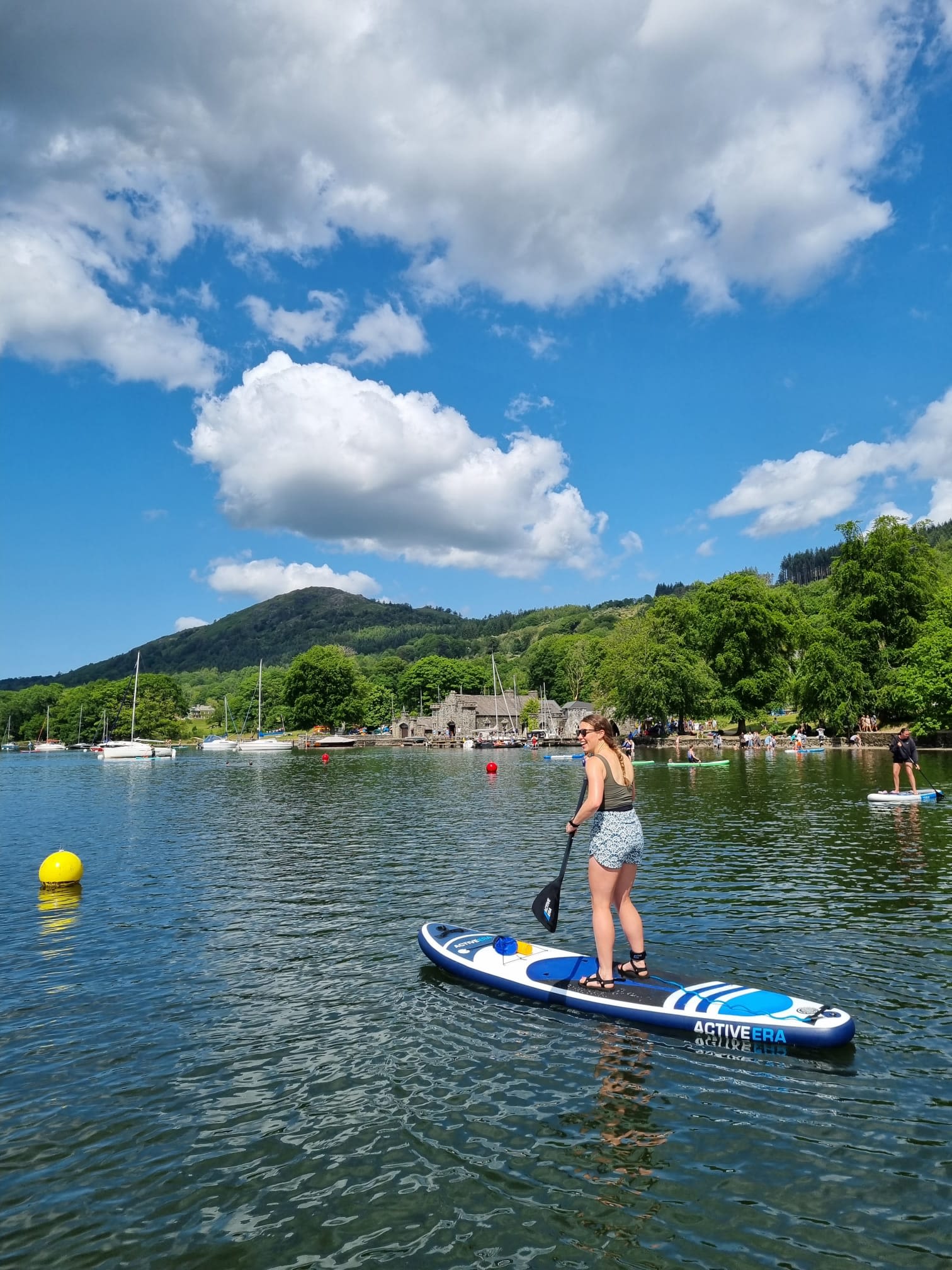
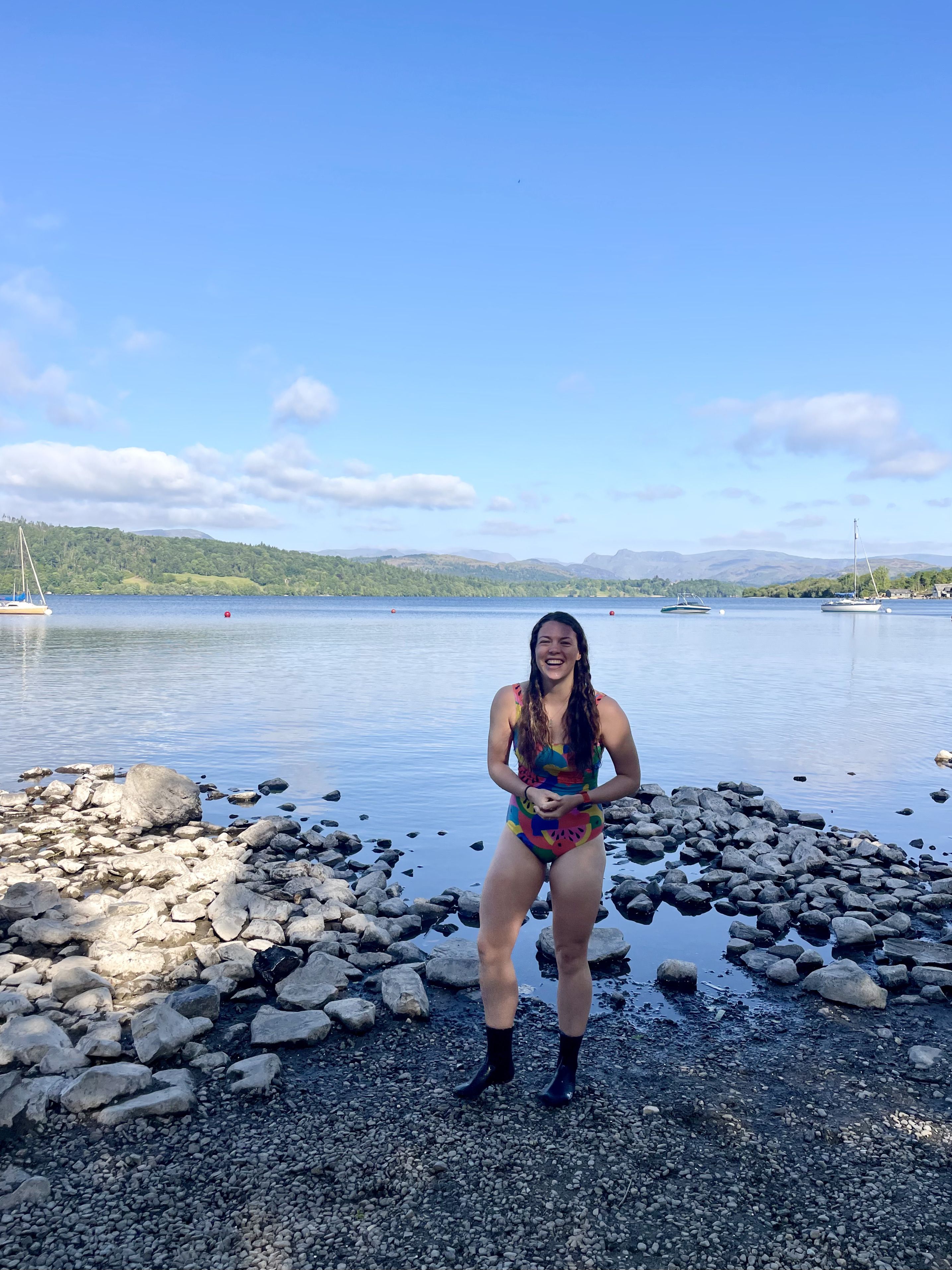
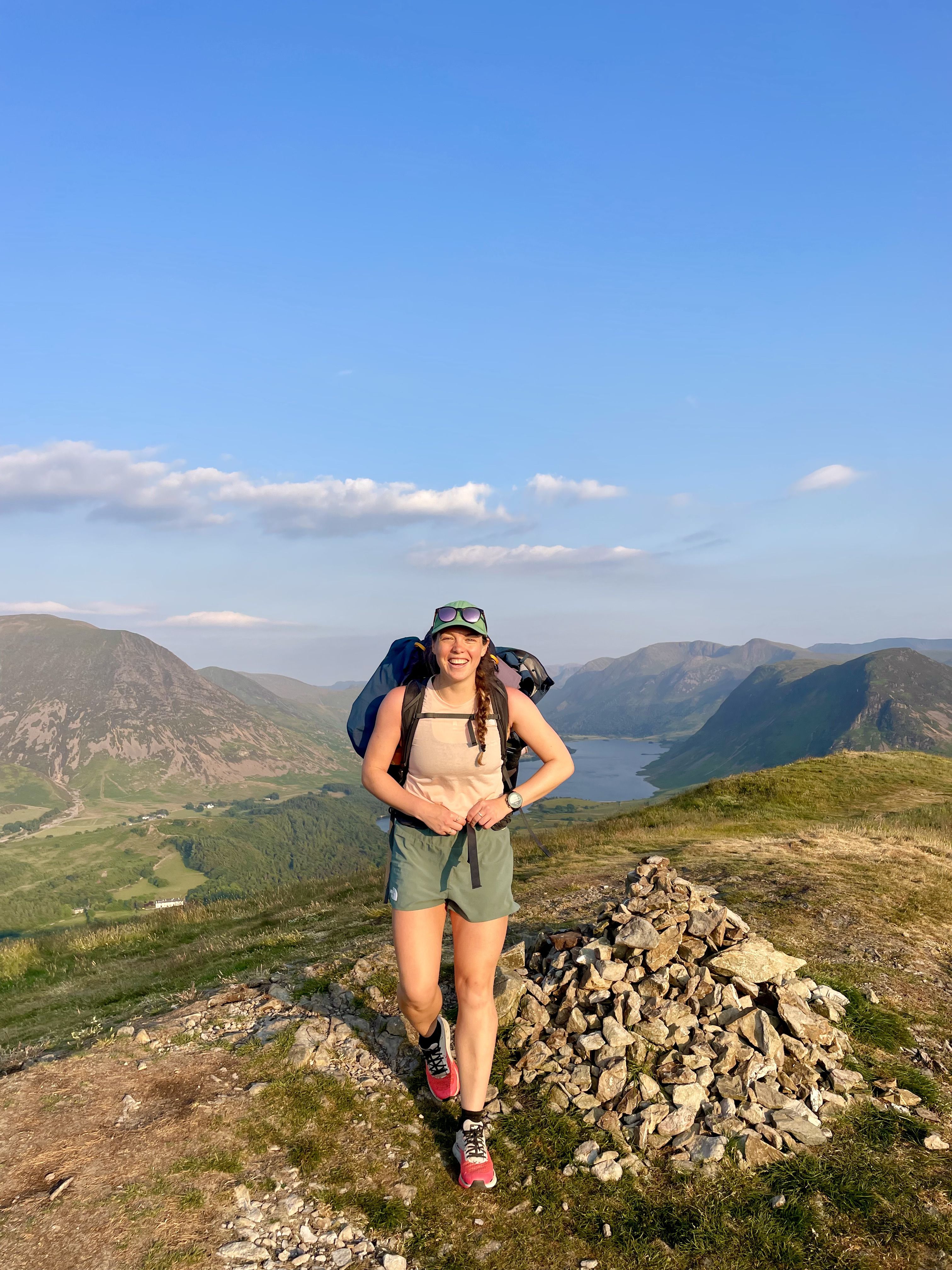
The little things
Would she ever take on 5,000 miles again?
“I don't think I will ever go on another massive adventure like that,” Elise says.
“I still absolutely love doing these things. And it is such a big part of my life. But I love doing them for a few days, a weekend, or a holiday,” she adds.
Elise says she has learnt a lot more about fitting adventure into the everyday and “can get everything I got out of doing it on that huge scale, doing these things around more of a normal life”.
After all, it’s often the little moments that matter.
Elise says one of her favourite adventures was running along the West Highland Way with three mates five years ago.
“To be honest, it was awful. It rained from start to finish,” she says. “But we just had such a funny time, and five years on, we still laugh about how funny it was. I think it was just that slight ludicrousness of long-distance adventures.”
The best part? “It finishes at a Wetherspoons, and I sat down and had this microwaved rubbery veggie lasagne. It was the best meal I’ve ever eaten.”
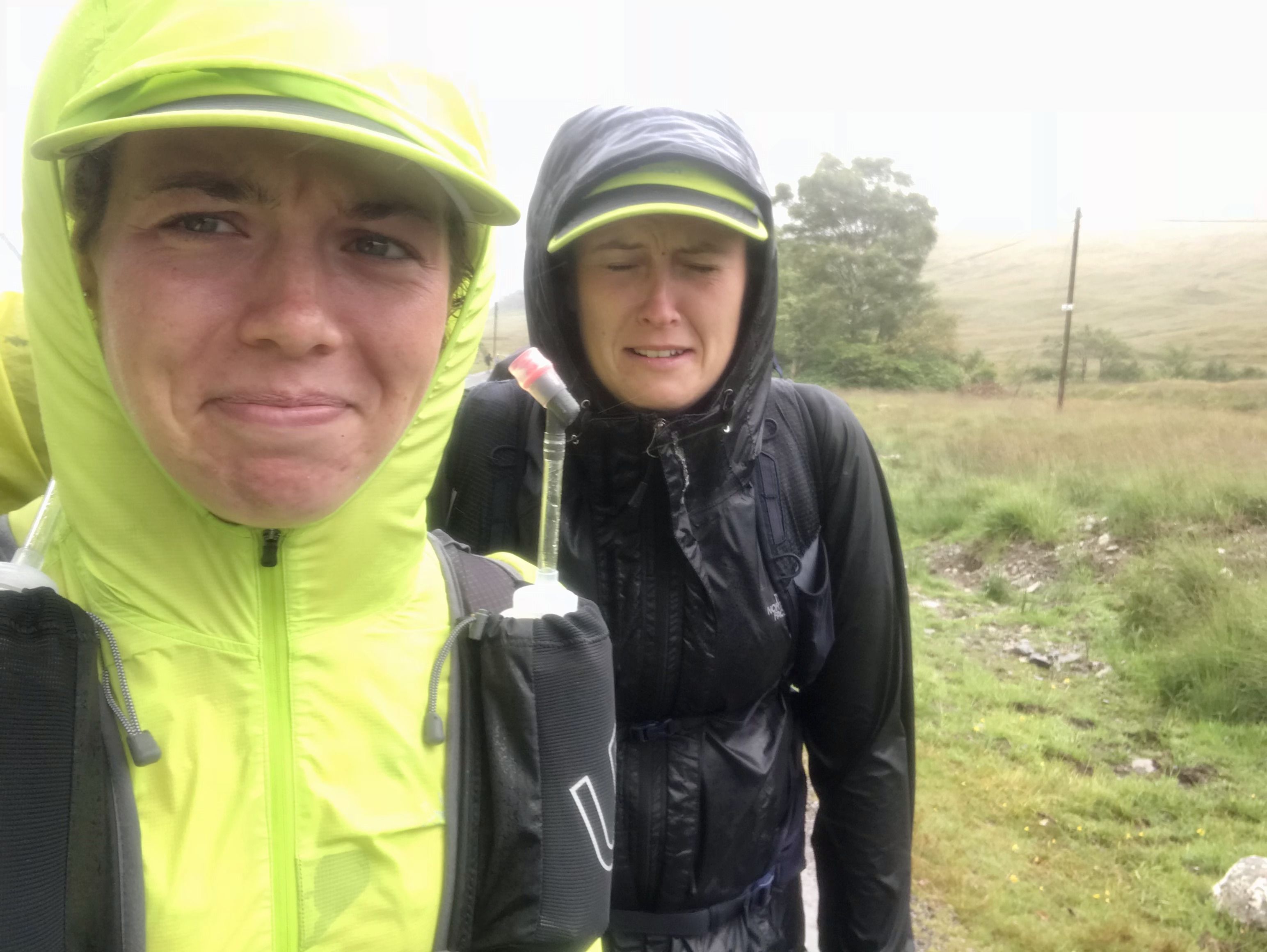
Elise joined by her friend as they run 100 miles in three days in torrential rain along the West Highland Way / image: supplied
Elise joined by her friend as they run 100 miles in three days in torrential rain along the West Highland Way / image: supplied
Running involves more walking than you think
If the only part of that you can comprehend is the lasagne, you’re not alone.
“It is a weird hobby to try and run 100 miles in three days in torrential rain,” Elise admits.
If you are keen to try running but feel overwhelmed, Elise has some advice: “When I first started running, I had this thing about not stopping. I was like, if you stop and walk, then it is not a run.”
Now, she realises how silly that is, particularly because of how much walking ultra running often involves.
Whether your aim is to do 30 minutes of running without stopping or to run your first 5k or 10k, Elise says: “It is better to go out for a bit longer to start with, and run a bit, walk a bit, look at the scenery, have a nice time.”
Otherwise, Elise says, you’ll probably do what she did: run for a few minutes, get tired, and go home.
“I think just pick somewhere nice and go and have a nice time and just run as much as you can and walk if you need,” she says.
Elise adds: “Just by going out and doing it and spending that time on your feet, you will get better.”
Ah, if the crying crayon could hear her now.
She would be very proud indeed.
